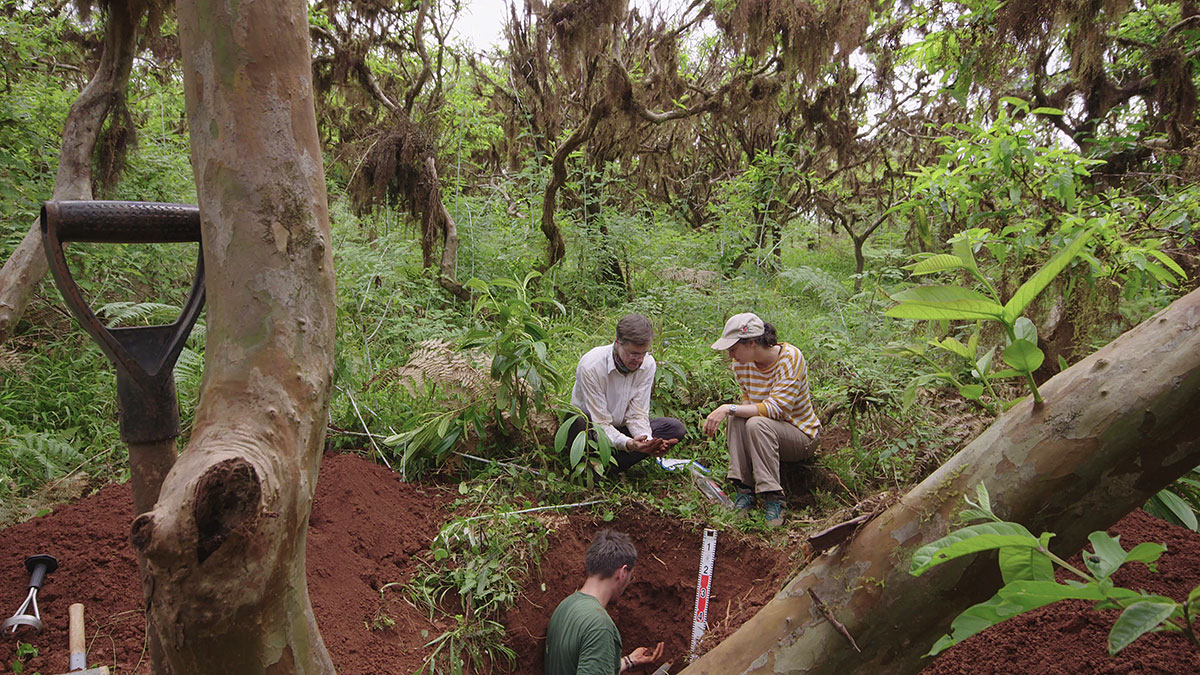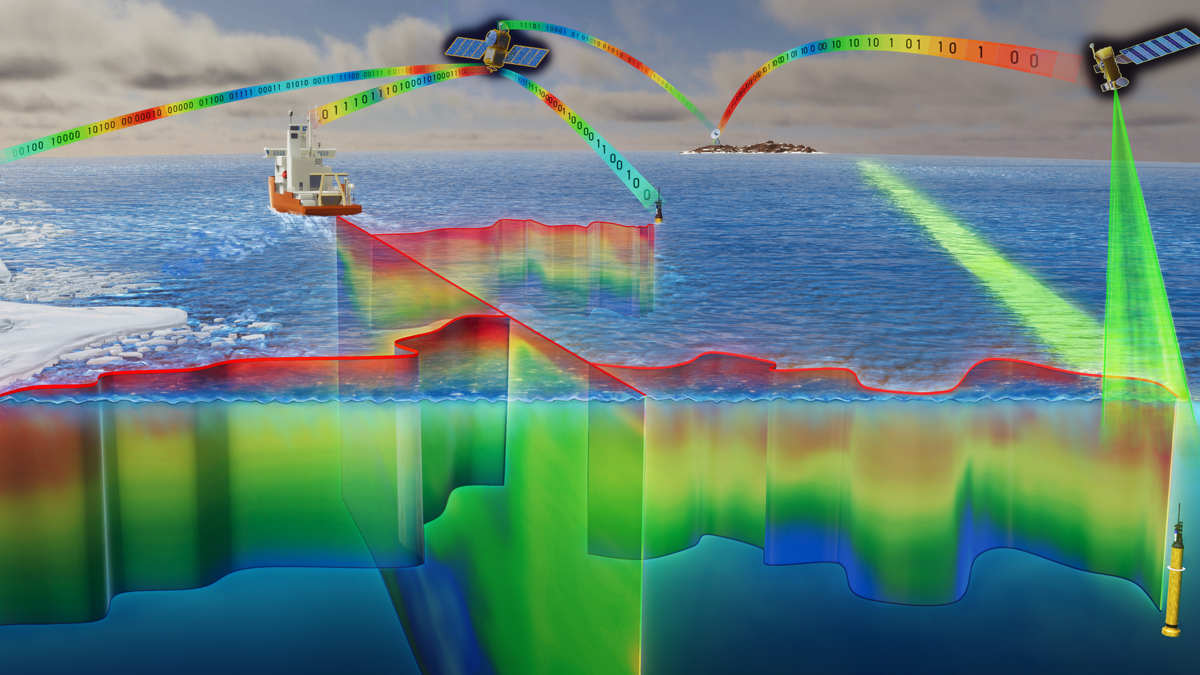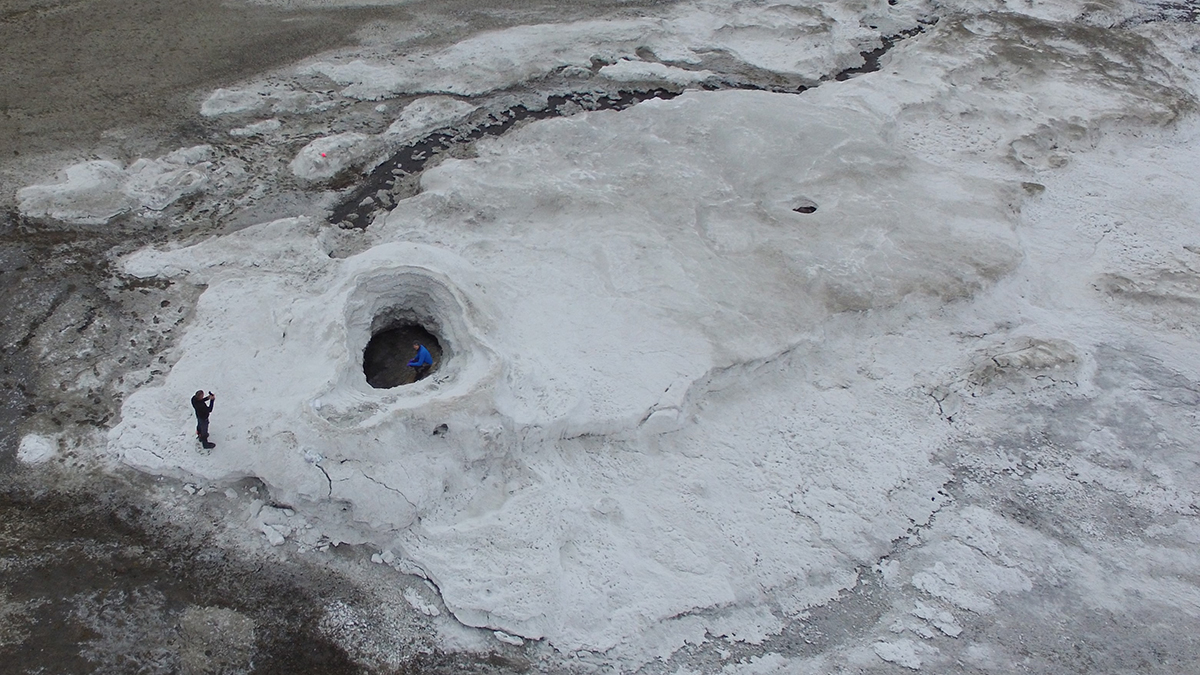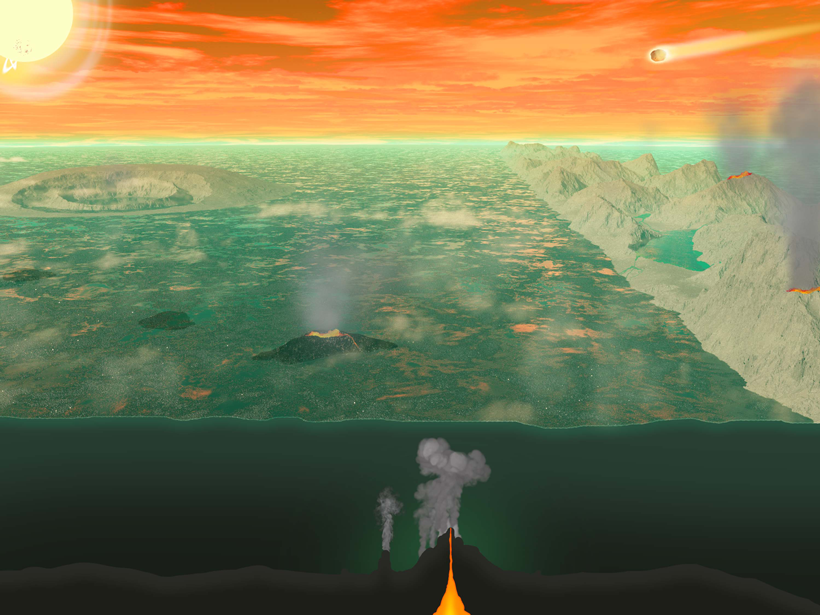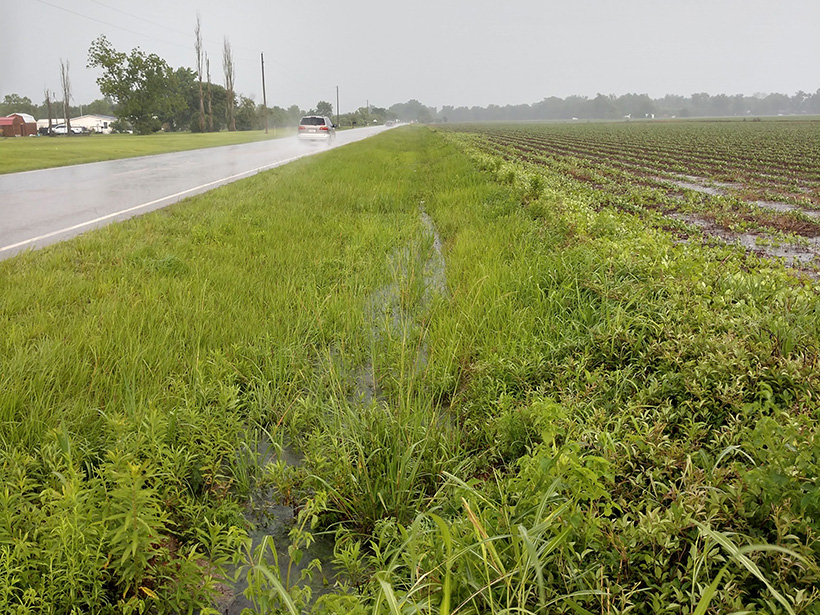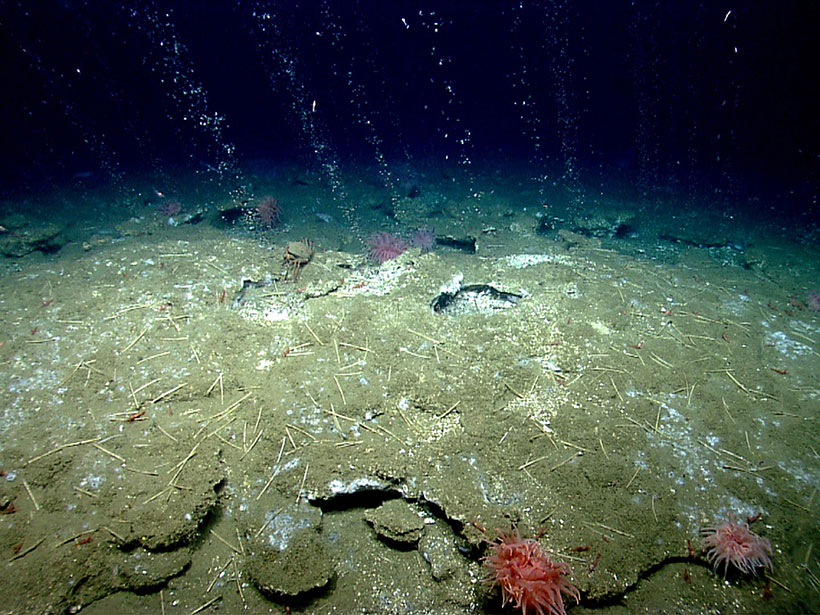A new study has spurred further research into the impacts of soil formation on modern-day problems like heavy metal contamination in agricultural soils.
biogeosciences
A Global Ocean Biogeochemical Observatory Becomes a Reality
Building on the successful Argo network of seafaring temperature and salinity sensors, work is underway to deploy 1,000 floats equipped to study ocean biogeochemistry in greater detail than ever.
Lipids from Europa’s Ocean Could Be Detectable on the Surface
A super salty spring in the Canadian Arctic provides insights key to detecting life on a distant ocean world.
Rethinking the Search for the Origins of Life
Early Earth conditions and the chemistry that led to life were inextricably interwoven. Earth scientists and prebiotic chemists are working together in new ways to understand how life first emerged.
Does the Priming Effect Happen Underwater? It’s Complicated
A new meta-analysis finds evidence that adding fresh organic material can increase decomposition rates, but when and why that happens remain unclear.
Roadside Ditches Are Effective at Nitrogen Removal
Researchers compared the nitrogen removal potential by microbes in ditches that drained forested, urban, and agricultural lands and discovered that roadside ditches are important areas for removing nutrients.
Tropical Cyclone Induced Increase in Ocean Primary Production
A positive trend in tropical cyclone induced ocean mixing and primary production is compensating the overall decline in global primary production due to anthropogenic climate change.
¿Cómo afectará el cambio climático a los Estados Unidos en las próximas décadas?
Un nuevo informe del gobierno de EE. UU. muestra que el clima está cambiando y que las actividades humanas conducirán a muchos más cambios. Estos cambios afectarán el nivel del mar, la frecuencia de las sequías, las precipitaciones severas y más.
Particles at the Ocean Surface and Seafloor Aren’t So Different
Despite occurring on different scales, flux measurements throughout the water column share log-normal probability distributions.

